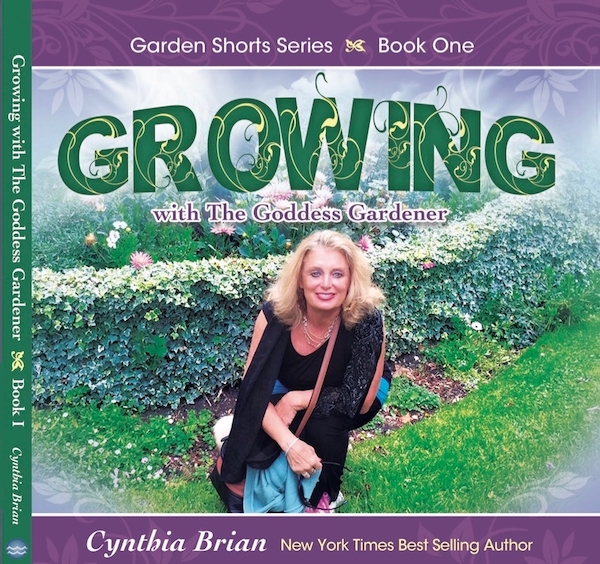Blooming with Barbie
“My parents told me I’d point to a bed of flowers and say ‘Pink. Pretty’ before I could say any...
Read Moreby Cynthia Brian | Aug 17, 2023 | Empowerment, VoiceAmerica | 0 |
“My parents told me I’d point to a bed of flowers and say ‘Pink. Pretty’ before I could say any...
Read Moreby Cynthia Brian | Aug 4, 2023 | Empowerment | 0 |
“I rejoice when I see anyone, and especially children, inquiring about flowers, and wanting...
Read Moreby Cynthia Brian | Jul 21, 2023 | Empowerment | 0 |
Unleash your creativity and indulge in the art of cultivating colorful gardens and explore the wonders of nature in this glowing golden month of July. Experience the joy!
Read Moreby Cynthia Brian | Jul 11, 2023 | Empowerment | 0 |
“I should like to enjoy this summer flower by flower, as if it were to be the last one for me.”...
Read Moreby Cynthia Brian | Jun 8, 2023 | Empowerment | 0 |
“When the primal forces of nature tell you to do something, the prudent thing is not to quibble...
Read Moreby Cynthia Brian | Jun 1, 2023 | Empowerment | 0 |
Share StarStyle® Empowerment “Kings and cabbages go back to compost, but good deeds stay...
Read Moreby Cynthia Brian | May 22, 2023 | Empowerment | 0 |
Share StarStyle® Empowerment “Inch by inch, life is a cinch. By the yard, it’s hard.”...
Read Moreby Cynthia Brian | May 3, 2023 | Empowerment | 0 |
“Every spring is the only spring, a perpetual astonishment.” Ellis Peters Subscribe now My...
Read Moreby Cynthia Brian | Mar 29, 2023 | Empowerment | 0 |
“Spring is the time of plans and projects.” ―Leo Tolstoy, Anna Karenina The first few weeks of...
Read Moreby Cynthia Brian | Mar 17, 2023 | Empowerment | 0 |
Digging Deep with Goddess Gardener, Cynthia Brian...
Read Moreby Cynthia Brian | Mar 2, 2023 | Empowerment | 0 |
by Cynthia Brian “No occupation is so delightful to me as the culture of the earth, and no culture...
Read Moreby Cynthia Brian | Feb 3, 2023 | Empowerment | 0 |
“It’s the time that you spent on your rose that makes your rose so important…People have forgotten...
Read More











